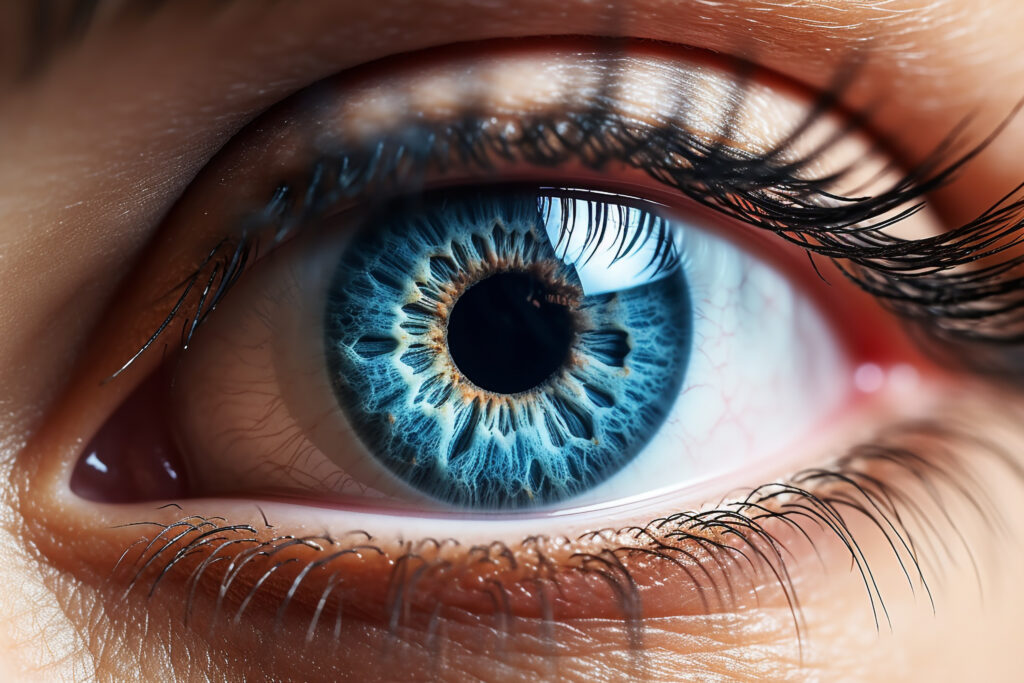PRP (Platelet Rich Plasma) Injections For Dry Eyes


For patients who have significant Dry Eye symptoms after failing other treatments such as IPL and PReye® Drops (PRP Platelet Rich Eye Drops), the PReye® Shot may be another option.
PRP injection to the meibomian glands and the lacrimal gland, the PReye® Shot, is performed by Melinda C. O’Rourke, MD, board certified Ophthalmologist and surgeon, with over 25 years of experience in performing surgical procedures in and around the eye, as well as years of experience with PRP, and cosmetic dermal injections using a cannula. The benefit of using a cannula over a needle for the injection is that the cannula is not sharp, so it reduces the amount of trauma to the tissue which is critical in the area around the eye, less pain, less bruising, and a safer technique. Dr. O’Rourke is uniquely qualified to use the cannula technique to inject around the eye with her extensive experience as an eye surgeon and cosmetic injector, and to our knowledge she is the only physician worldwide using this technique.
PRP stands for platelet rich plasma. It is simply blood that has been treated so that the platelets become highly concentrated. Platelets are a gold mine of growth factors, stem cells, and cell signaling molecules (cytokines) responsible for tissue healing and regeneration. PRP is used in many specialties, including orthopedics, dermatology, aesthetics, gynecology, and hair loss. Only recently has it been accepted as an excellent treatment for Dry Eyes, used mostly in Europe, and Canada. At Essence, we use PRP for Aesthetics, Dry Eyes, and Lash Enhancement.

Only 11cc of blood is needed to prepare PRP for injection, which is obtained by a routine blood draw. For a smooth blood draw, hydrate with 8 glasses of water the day prior, and 2 glasses of water 30 minutes prior, and avoid alcohol for 24 hours prior to the blood draw. The blood sample is processed to cultivate the PRP product and combined with preservative-free artificial tears in sterile eye dropper bottles. There are many PRP technologies on the market with varying degrees of purity and potency. At Essence Laser, we use the top PRP technology to produce the highest purity and concentration of platelets to create a superior product in our PRP.
PRP injection to the meibomian glands and the lacrimal gland, the PReye® Shot, is performed by Melinda C. O’Rourke, MD, board certified Ophthalmologist and surgeon, with over 25 years of experience in performing surgical procedures in and around the eye, as well as years of experience with PRP, and cosmetic dermal injections using a cannula. The benefit of using a cannula over a needle for the injection is that the cannula is not sharp, so it reduces the amount of trauma to the tissue which is critical in the area around the eye, less pain, less bruising, and a safer technique. Dr. O’Rourke is uniquely qualified to use the cannula technique to inject around the eye with her extensive experience as an eye surgeon and cosmetic injector, and she is the only physician worldwide using this technique.
After preparation of the PRP, the peri-orbital area is prepped with a surgical grade cleanser, and a topical anesthetic is applied. The 100% pure PRP solution is injected along the lower and upper lid margin to the meibomian gland region and to the superficial upper outer orbital region to reach the area of the lacrimal gland, using a non-sharp cannula, for minimal discomfort or trauma to the tissue. Once the PRP has been prepared, the procedure takes approximately 10-15 minutes. It is recommended that the patient have 3 injections about 1 month apart, and then maintenance treatments as needed, at least one every 6-12 months, depending on the severity of the patient’s condition.
Immediately after the procedure the eyelids will appear swollen due to the fluid of the PRP solution. This will dissipate rapidly as the PRP solution is absorbed into the tissue, usually within minutes after the procedure. Do not apply make up or skin products to the area immediately after the procedure, but the skin can be cleansed using the patients normal skin routine at bedtime. The eyelids may continue to appear slightly thickened for up to 24 hours. Occasionally there may be bruising at the site of the injection.
Essence Laser & Wellness, under the supervision of Melinda C ORourke, MD, is a referral center for specialty Dry Eye Therapy, and a Medical Aesthetics Practice, and is not a routine Ophthalmology practice. We ask that you provide a copy of a recent eye exam prior to treatment when seeking IPL for Dry Eye, and/or the PReye shot. No exam is necessary for PReye drops or PRP for Aesthetic purposes.
Ask us about our IPL/PReye® bundling packages.
1. Avila MY, Igua AM, Mora AM. Randomised, prospective clinical trial of platelet-rich plasma injection in the management of severe dry eye British Journal of Ophthalmology 2019;103:648-653.
2. Murtaza F, Toameh D, Chiu HH, Tam ES, Somani S. Autologous Platelet-Rich Plasma Drops for Evaporative Dry Eye Disease from Meibomian Gland Dysfunction: A Pilot Study. ClinOphthalmol. 2022 Jul 6;16:2199-2208. doi: 10.2147/OPTH.S367807. PMID: 35821787; PMCID: PMC9271282.
